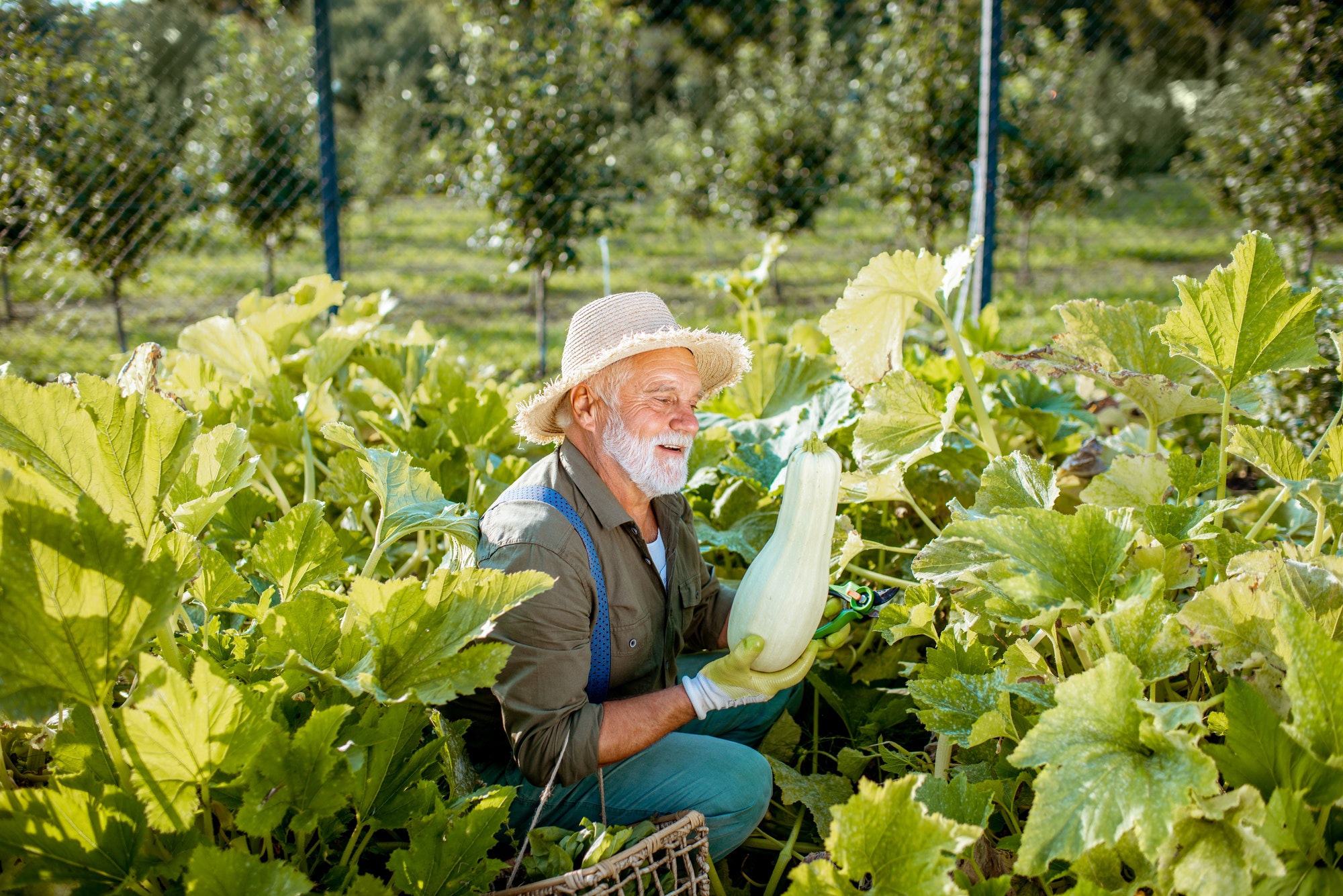Plants are living creatures that grow from soil. Plants use the light from the Sun to convert energy into food. Plants can range from giant trees to tiny patches of moss, but all plants need sunlight for energy and water, nutrients from the soil, and carbon dioxide from the air to survive. To make their food, plants use a process called photosynthesis. In addition to sunlight, plants also need oxygen and water to survive. Listed below are some interesting facts about plants and their life cycles.
Before choosing plants for your yard, take measurements and take notes about your existing garden. Take note of where the sun shines, where the shade occurs, and whether the ground is prone to condensation from appliances. Decide what hardiness zone the plants will grow in and how much space they will need to grow. If possible, choose drought-tolerant plants. Check with your homeowners’ association to see what plants are allowed in your neighborhood. Also, make sure to consider your budget and how much space the plants need to grow.
In some parts of the world, conserving moisture is a primary concern. There are many people who live in areas with limited water supplies or are subject to restrictions on water usage. Fortunately, there are several types of plants that do well in dry conditions. You can choose drought-resistant plants, such as succulents, that can survive even in very low-water environments. These plants are also drought-tolerant, so you can grow them in pots and have them flourish in your garden.
Some plants require very little water and thrive in hot, arid climates. They can survive on very little water, and their wide leaves are thick and waxy. Some even have furry leaves. Agaves are architectural perennial monocots from arid parts of Mexico. Their deep roots can absorb water and store water. There are many kinds of agave. And don’t forget about the many cacti and succulents that have arid climates!
The devil’s backbone is one of the easiest plants to grow. Its fleshy leaves help retain water, making it a great choice for the back of a border. This perennial is drought-tolerant and requires little water once it has been established. It grows to three to five feet tall, and can tolerate a few feet of soil. In addition to blooms, it requires no fertilizer. A good place for this plant is near a sunny window.
Another hardy plant is the California poppy, which is considered a perennial in cooler climates. It grows in colonies and produces bright orange blossoms. It prefers a sunny location and well-drained, sandy soil. Another hardy perennial is sea holly, which has spiked foliage and a unique flower head. It grows in zones four to nine and needs moderate water. In addition to the California poppy, there are several other bushes and shrubs that are native to the coastal region.

